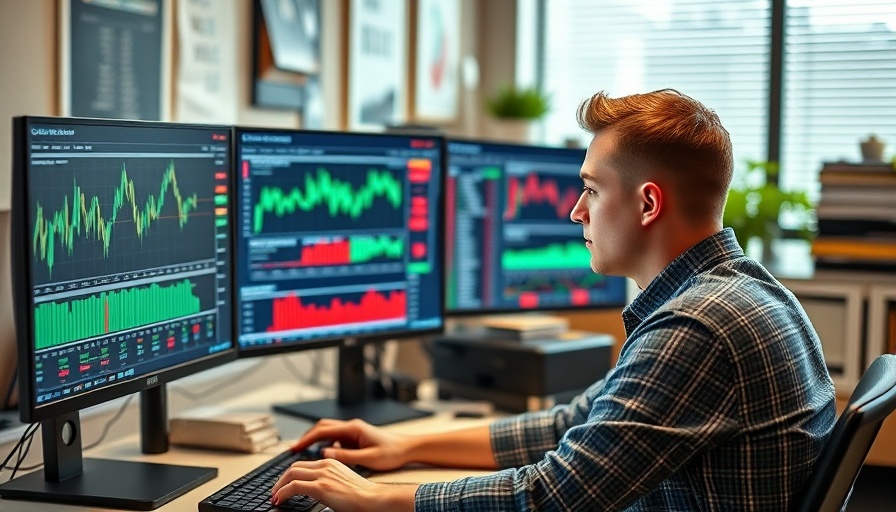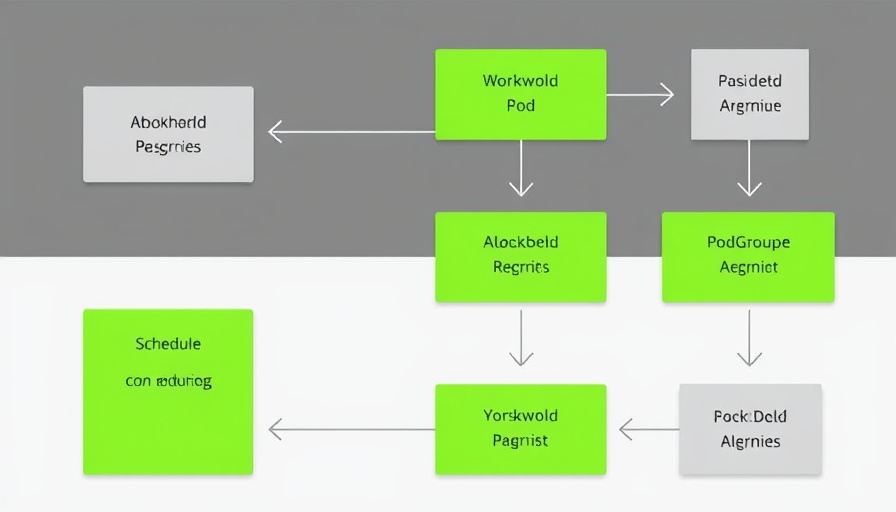
Nvidia's Growing Challenges in the AI Chip Market
Nvidia has long been regarded as the powerhouse of the AI industry, wielding its dominance with advanced GPUs designed to meet the insatiable demand for artificial intelligence and machine learning applications. However, a recent analysis from Kinngai Chan of Summit Insights suggests that Nvidia's once-favorable risk-reward scenario is diminishing rapidly. While the company has reported impressive financial results, rising costs and changing market dynamics have analysts questioning how long this golden era can last.
Deceleration Amidst Success: What the Analyst Observes
Despite Nvidia beating earnings expectations for the fourth quarter of fiscal 2024, signs of potential deceleration loom larger. Chan's downgrade of Nvidia's stock from a 'Buy' to a 'Hold' is rooted in concerns about declining margins. Specifically, Nvidia plans to ramp up production of its next-generation Blackwell Ultra chips—a move that may inadvertently pressure its already contracting margins. This raises a critical question for investors: can Nvidia sustain its growth in face of rising operational costs?
The AI Landscape is Evolving
As the AI market evolves, the transition from training complex models to more efficient inference-based methods poses challenges for Nvidia. The rise of competitors like DeepSeek, which offers advanced AI capabilities at lower costs, indicates a significant shift that could undercut Nvidia's market share. Chan highlights this shift as crucial, noting that while AI training relies heavily on Nvidia’s high-performance GPUs, the trend towards inference calls for less computational power, which may not favor Nvidia's existing product lines.
Future Predictions: Supply Meets Demand
One of the most concerning forecasts from Chan is that Nvidia's meteoric rise in demand may soon give way to over-supply. With growth in GPU demand tapering off by the second half of Fiscal 2026, Nvidia risks encountering market saturation. For many long-term investors, this anticipation of diminished demand raises red flags, suggesting it might be time to reevaluate their positions in Nvidia.
What This Means for AI Enthusiasts and Investors
As AI enthusiasts, understanding the implications of these market dynamics is crucial. Nvidia has been at the forefront of AI advancements, but with rising competition and changing technological landscapes, the future is uncertain. For investors, the strategic choices made in the coming months—such as diversifying portfolios or capitalizing on emerging AI firms—will be fundamental in maximizing returns.
Act Now: Stay Ahead in the AI Revolution
The AI market continues to captivate audiences and investors, and staying informed is essential. With analysts like Chan presenting a more cautious outlook on Nvidia stock, it’s vital to reconsider investment strategies in a landscape that’s rapidly changing. As we witness the evolution of AI technologies, continual learning and adaptation are keystones for successfully navigating the intricacies of this dynamic sector. Evaluate your holdings, follow market trends closely, and don't hesitate to explore fresh opportunities that ambitious new players bring.
Call to Action: Now is the time to reassess your investment strategy and adapt to the evolving AI stock landscape. Stay informed about Nvidia's trajectory and monitor new companies emerging in the AI space for better investment opportunities.
 Add Row
Add Row  Add
Add 




 Add Row
Add Row  Add
Add 

Write A Comment